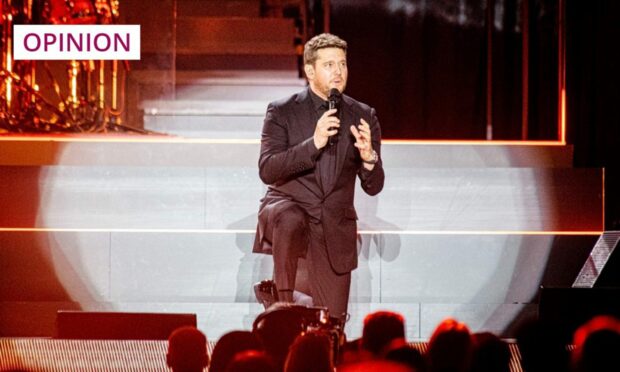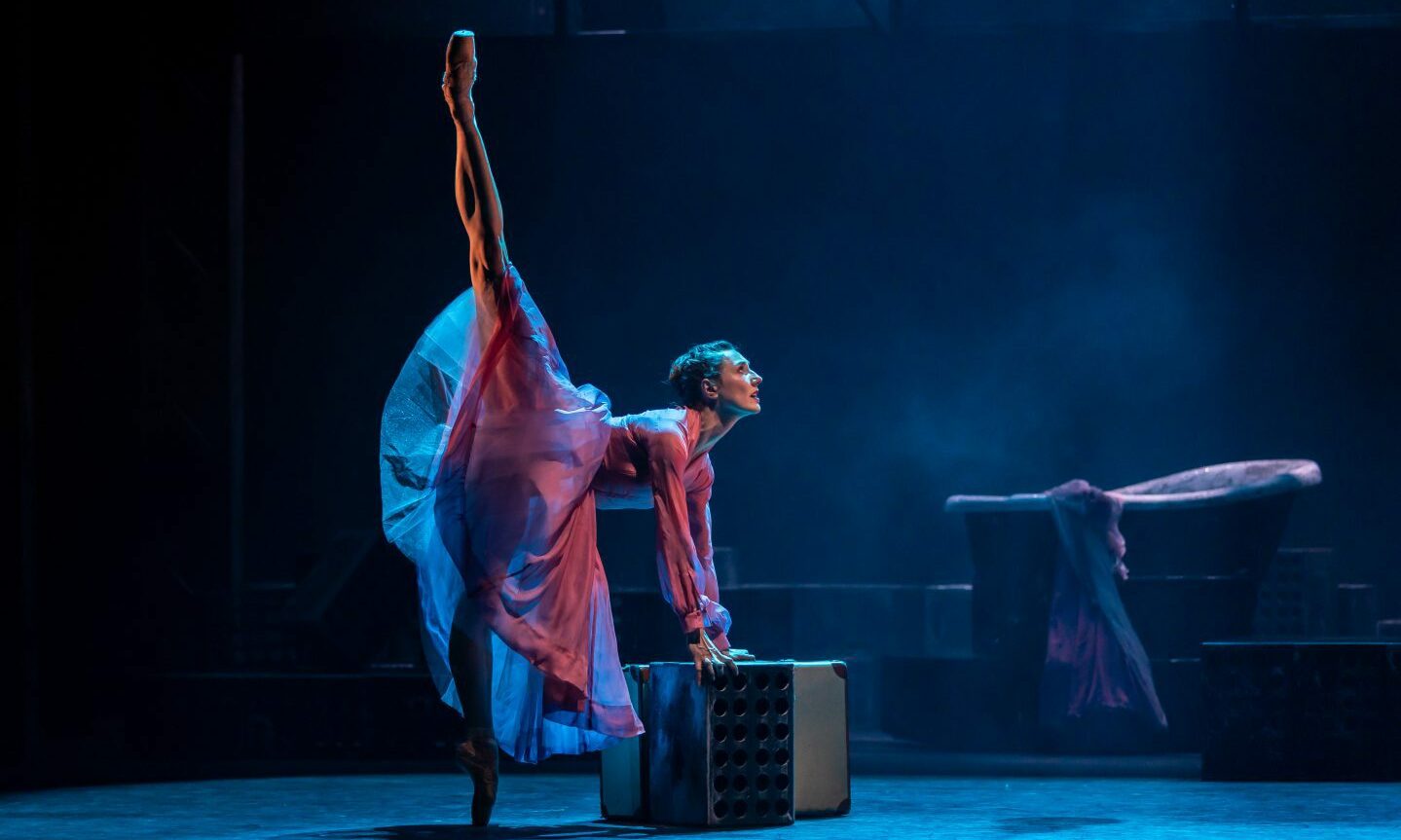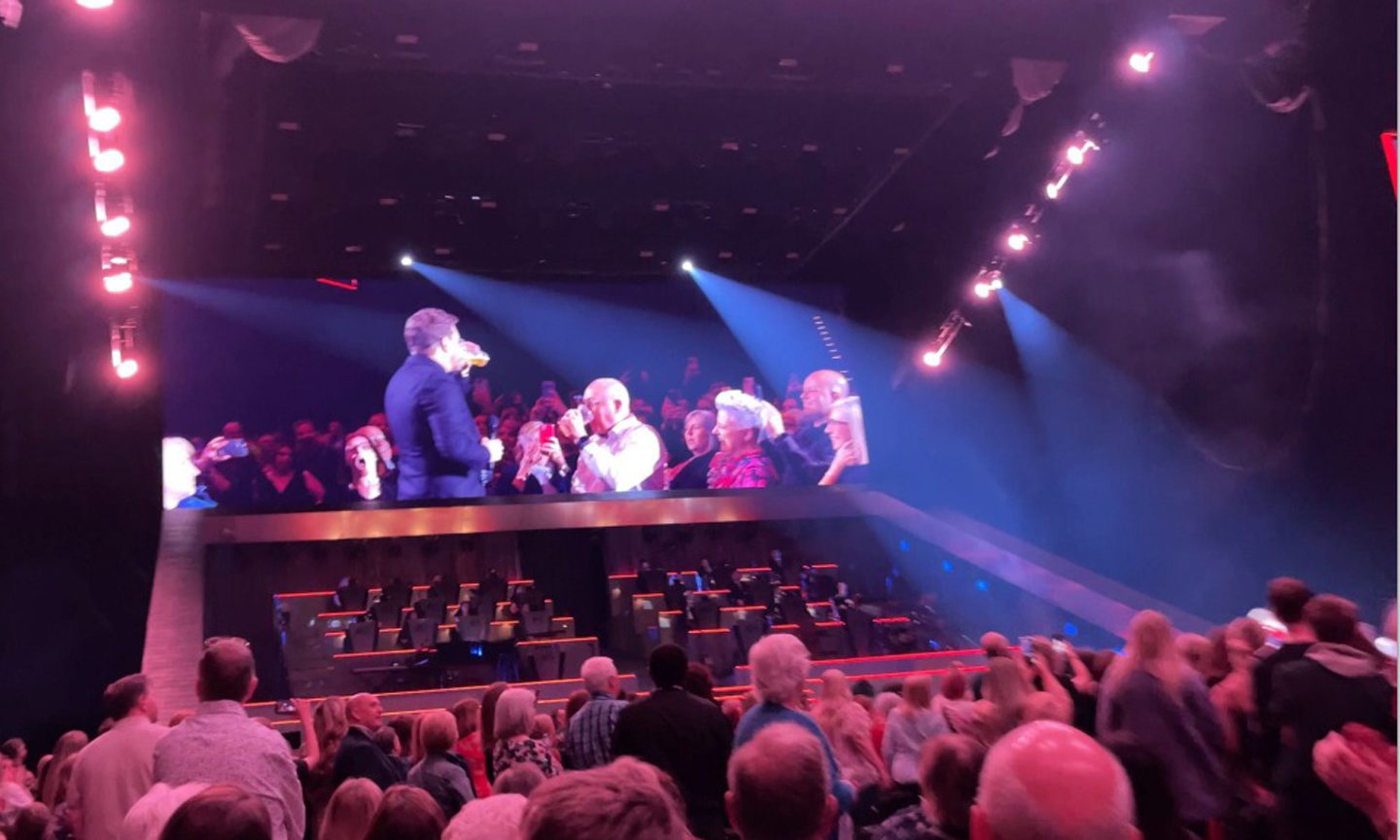I’ve just had a busy weekend. On Saturday, a trip to The Terrace at HMT, followed by A Streetcar Named Desire, performed by Scottish Ballet.
Then, on Sunday, I went to the cinema to see Evil Dead Rise, swiftly fleeing to the pub afterwards, avoiding the May weekend hordes.
On the face of it, two dissimilar presentations, although Tennessee Williams’s Southern Gothic classic is closer to the latest incarnation of the Evil Dead saga than you might think – a brooding atmosphere, madness, ghosts, and demons of different descriptions. But, where the ballet was deft and delicate, Evil Dead was grim and gross and had blood by the bucketload.
Posters outside His Majesty’s for upcoming performances of The Bodyguard, running over this weekend as part of the show’s now infamous UK tour, got me thinking about audience behaviour, and expectations.
You may have read about incidents at both the Edinburgh Playhouse and the Manchester Palace Theatre. Audience members singing to distraction, drunkenness, and police and public interventions; staff abused by punters who were having just too much fun.

At Scottish Ballet’s Streetcar, silence was observed for the most part. People en masse will always make a bit of noise, and you can hardly expect 1,000 people not to utter a single cough for the best part of two hours.
Crisp packets will rustle as loudly at a theatre as they might at a certain football stadium. There’s always one, however, and someone’s phone alarm went off just as Stanley drew a breath to roar the famous line of: “Stella!”
At the Evil Dead Rise screening, you may have expected that someone would be compelled to misbehave. It was a slightly younger crowd, and horror doesn’t typically generate the near-religious vow of silence that going to the ballet might, but everyone was pretty good.
Often, you go to a cinema and there’s someone who feels they need to incessantly chat to their neighbour: pspsps. Not this time.
How do you include everybody?
But, why do some people feel the need to ruin it for others? Is singing at a musical really that bad? Probably it is, if others can’t hear the performers over your caterwauling following a few too many pints of T. The consensus across the live performance industry is that behaviour following the pandemic has been far worse from many audiences.
In my former employment at Belmont Filmhouse, I had felt that post-pandemic audience behaviour was, generally, pretty good. Most people followed rules and looked out for one another, and were polite and patient with staff. Overall, 99% of people were great, but the bad ones do stick in your head.
Prior to the pandemic, there had been industry-wide discussions on how to conquer the reverence that is sometimes given to arts presentations, and around the fear that not being able to check your phone or having to sit still and quiet for a long time might be alienating or challenging for particular audiences, and, therefore, off-putting.
How do you truly create an environment for everyone, and how do you balance that with the inevitable occasions where behaviour just isn’t acceptable?
Are people really behaving increasingly badly? And, if they are, why is that the case?
Audiences might be following leaders’ example
There are reports of people drinking more. Also, in the aftermath of the pandemic and cost-of-living crisis, some theatres have relied on more populist programming to bring in punters who might not be so familiar with expected etiquette. That said, everyone should know to treat staff with respect.
One wonders if there’s a deeper-lying problem than any of those things. A certain type of person who became a habitual rulebreaker during lockdown and has now carried that forth, perhaps. Or, a population that sees bad examples at the top of society in the form of partygates and PPE scandals and thinks: “Why do I have to behave?”
A lack of infrastructure and attention, as others have retreated from public life, following the normalisation of working from home, maybe. All of the above, and some more.
My partner’s parents attended Michael Buble’s gig at P&J Live on Saturday night, along with approximately 10,000 others. I’m told that the crowd’s behaviour was impeccable, with the sweariest and most raucous character being Michael himself.
He even befriended a gentleman near the front row, one Lindsay Bartlet, and bought him three pints. They enjoyed one together.
Hopefully, during Aberdeen’s run of The Bodyguard, the vibes are just as genteel, and a great time can be had by all who arrive to see the show over its five days of performance. Hopefully, there’s no drama, other than what happens to be on the stage.
And, if you do sing along with I Will Always Love You, do mind and do it quietly enough that the performers aren’t put off.
Colin Farquhar works as a creative spaces manager and film programmer in the north-east culture sector



Conversation